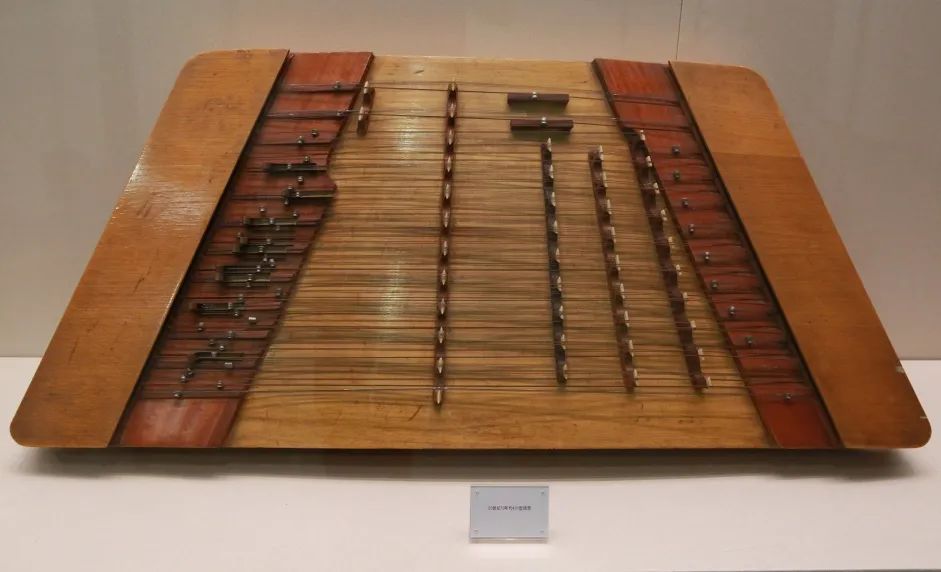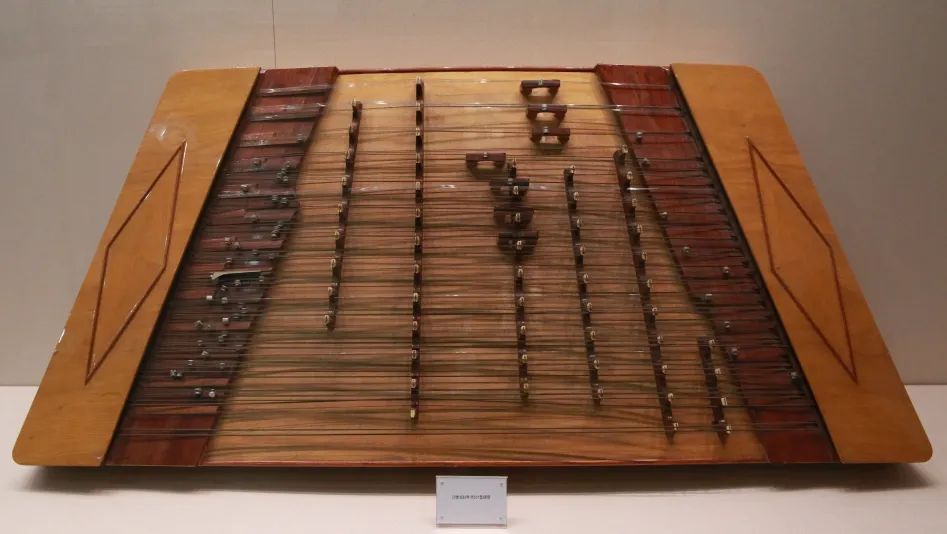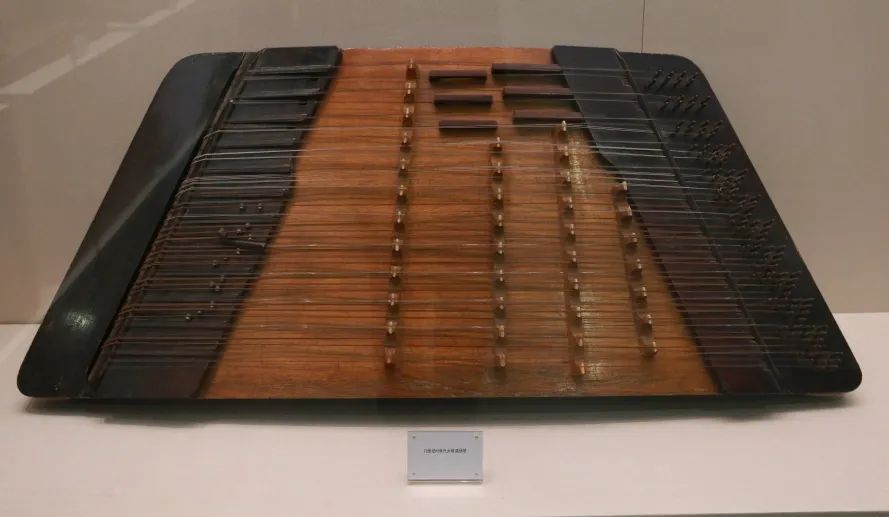The development history of dulcimer
There is not much information about the performance of the dulcimer, but the most classic one is that the detailed description is in the "Qing Barnyard Notes" written by Xu Ke in the Qing Dynasty (Jin Chiquan listens to the yangqin). The original text is as follows:
The Qin Kong Sanser of the Cloud and the Harmony, the best person thinks about the middle rhythm.
Pao sacrifice does not make ancient music and perishes, and miscellaneous zheng and pagodas begin to appear.
This qin comes from the ocean, and the system has become extraordinary.
The material is taken from Tongzi, and the voice is also from the palace merchants.
The graphics are like instant noodles, and the iron strings in the middle have been refined.
Dian nails are arranged at both ends, with twenty-six lines running through each other.
It can be attacked but not bombed, and the double vertebrae are skillfully engraved on Qinglanggan.
The violinist raised his fingers and did not drop his fingers, and the whole audience listened with joy.
At the beginning of holding the solitary vertebra and tapping lightly, the autumn tree plugs the cicada and drinks the cream and becomes dumb.
Xuanshu knocked on his wrists intently, pattering rain and green bamboo tiles.
There is no similarity between left and right clicks, and the sparse and dense hammers work alternately.
The pentatonic harmony is full of wonders, and the rhythm is reminiscent of Bao Xianhong.
Cong Cong Cong Cong fills ear notes, and the broken bells are full of mist and rain.
In front of the eaves, there is a falling ice hairpin made of jade, and the spring in the cave drips mountain milk.
Suddenly, the vertebral strings were silent, and Xia Chou was silent.
There was a resounding sound in the center, and the underground thunder broke through the sting.
There is a mix of sound and silent, and the change is in the heart and the hand.
Use your heart to move your hands and hands to move your heart, and your little skills are like gods.
The listeners in the seat all forget their tiredness, and they all agree that this piano is better than silk.
It is not a coincidence that Duke Liu's double locks, and Li's hundred Zhang Hus are amazing.
Carefully read the above, it describes the source, type and production materials of dulcimer, performance tools, performance form and performance sound effects, etc., and even depicts the true meaning of the art of playing with the heart. It can be seen that the performance of dulcimer in ancient China also reflects the author's profound understanding of the artistic phenomenon of dulcimer performance.

Why does dulcimer have various names such as bronze silk qin and butterfly qin?
Because the dulcimer is a foreign musical instrument, no one knows the real name of this musical instrument. It is customary for the Chinese to add a foreign word to the front of the beraipin and call it yangqin, which means the qin of foreigners. During the spread of dulcimer, folk artists came up with many names according to the shape of the instrument. For example, because the dulcimer used copper wire as strings at one time, it was called the copper wire qin. And because the shape of the dulcimer introduced in the early days is butterfly-shaped (from the perspective of playing, it is anti-butterfly-shaped), so it is also called butterfly qin. There are also because the action of playing the dulcimer is playing, so it is called playing the piano and so on. In 1920, Qiu Heqiu, a native of Taishan, Guangdong, proposed the qin science in the book "New Edition of Qin Xue", the first book of dulcimer in China, which refers to the study of dulcimer and the knowledge of dulcimer. Because the word "qin" is the same as the word "qin", which is abbreviated as "qin" for the ancient Chinese lyre (guqin), in order to avoid confusion, the yangqin is specially called dulcimer.

Are there other reformed varieties of dulcimer?
In the reform process of dulcimer, the major transposition dulcimer and the Lu-style dulcimer are two relatively successful reforms. After the 1970s, the focus of the reforms gradually tended to the small-tuned dulcimer series and the major-tuned dulcimer series that were mainly horizontally expanded. On the basis of the reform of the great transposition dulcimer, the 401-type dulcimer produced by the Beijing National Musical Instrument Factory laid the foundation for the modern dulcimer reform. During and after this period, there were various types of dulcimers, such as the "Hongqi Brand Guangdong Dulcimer" with increased piano numbers on the left, the "81 Dulcimer" in Shanghai, the "501 Dulcimer" in Beijing, as well as electroacoustic Dulcimer and multifunctional Dulcimer. In recent years, the "402 Dulcimer" developed on the basis of the 401 Dulcimer has become a mainstream product. Gradually derived from the "402 dulcimer", the "treble dulcimer", which is an octave higher than the "402 dulcimer", the "second-high dulcimer" with a higher fourth or fifth, the "alto dulcimer" with a lower fourth or fifth, and the lower octave "bass dulcimer" , "double bass dulcimer" and so on. There are also "601-type dulcimers" with six rows of pianos that extend the range and are easy to play, zheng dulcimers, children's dulcimers, and imitations of Western European dulcimers and dulcimers.

 渝公网安备 50010702504639号
渝公网安备 50010702504639号